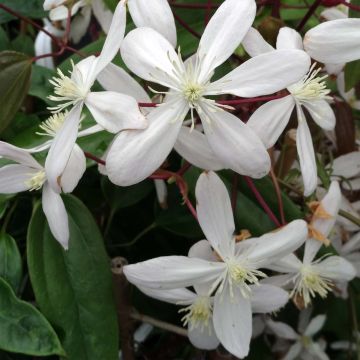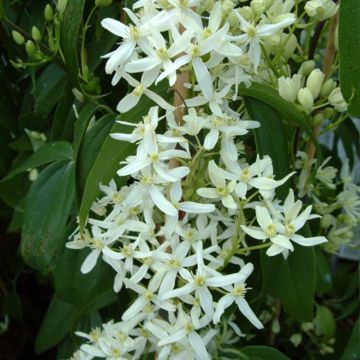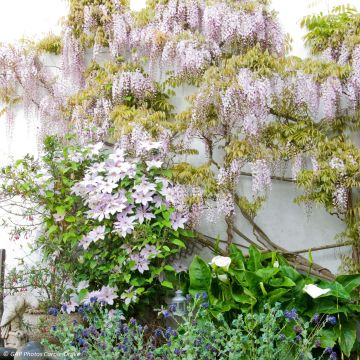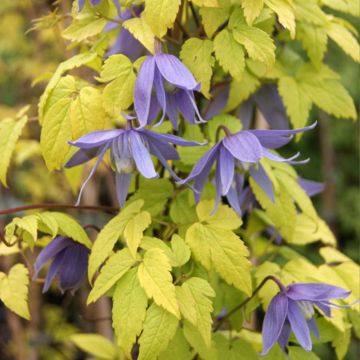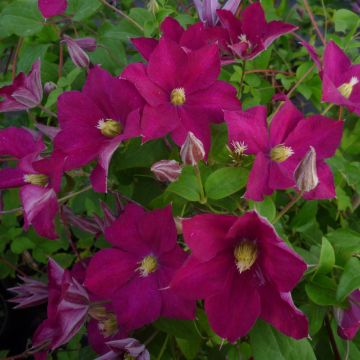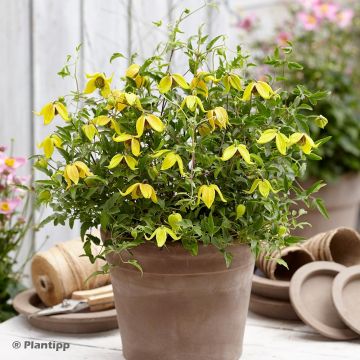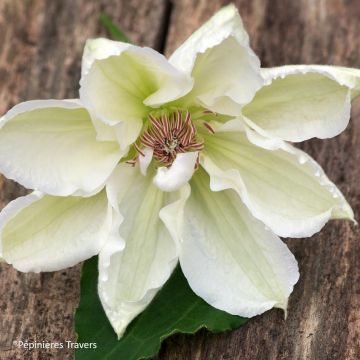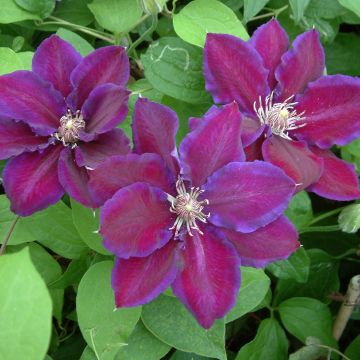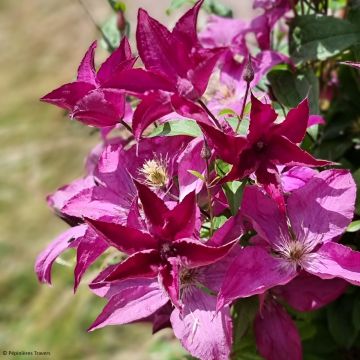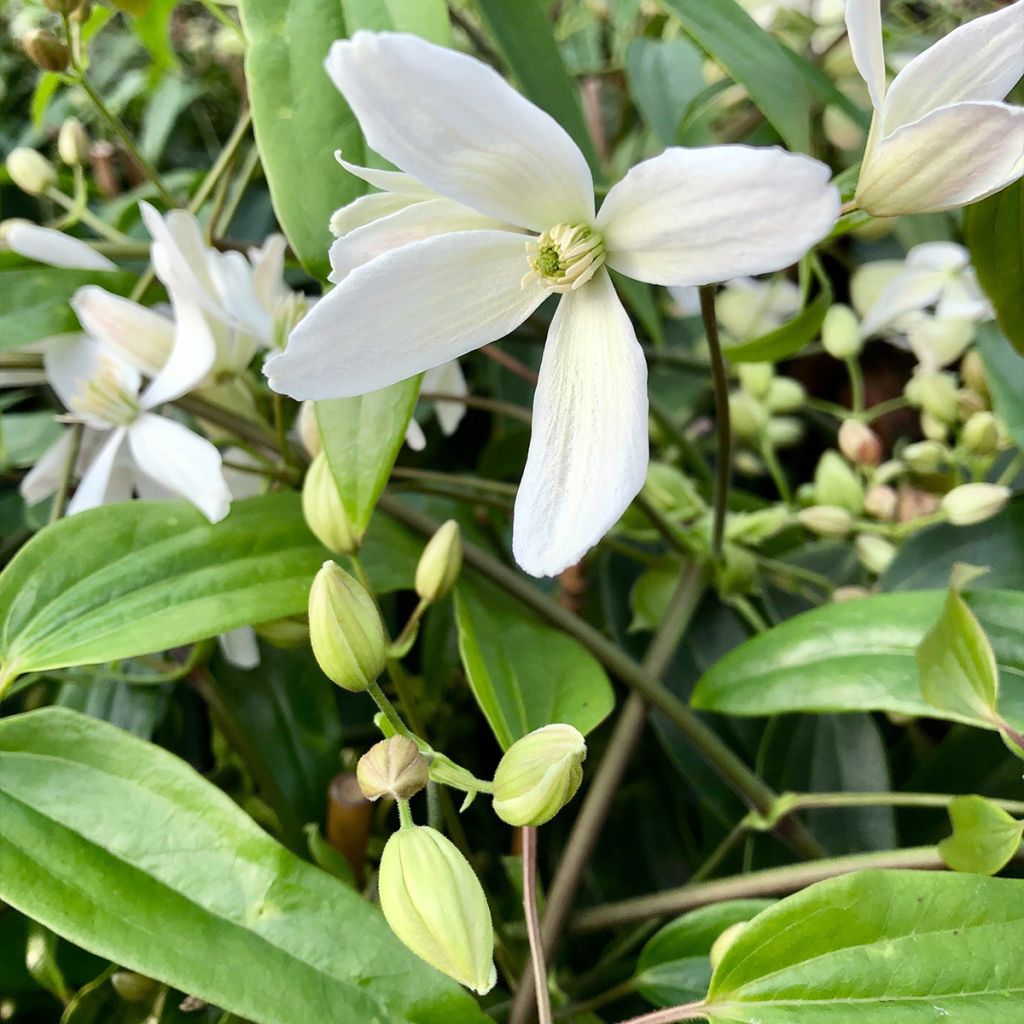

Clematis armandii - Evergreen Clematis
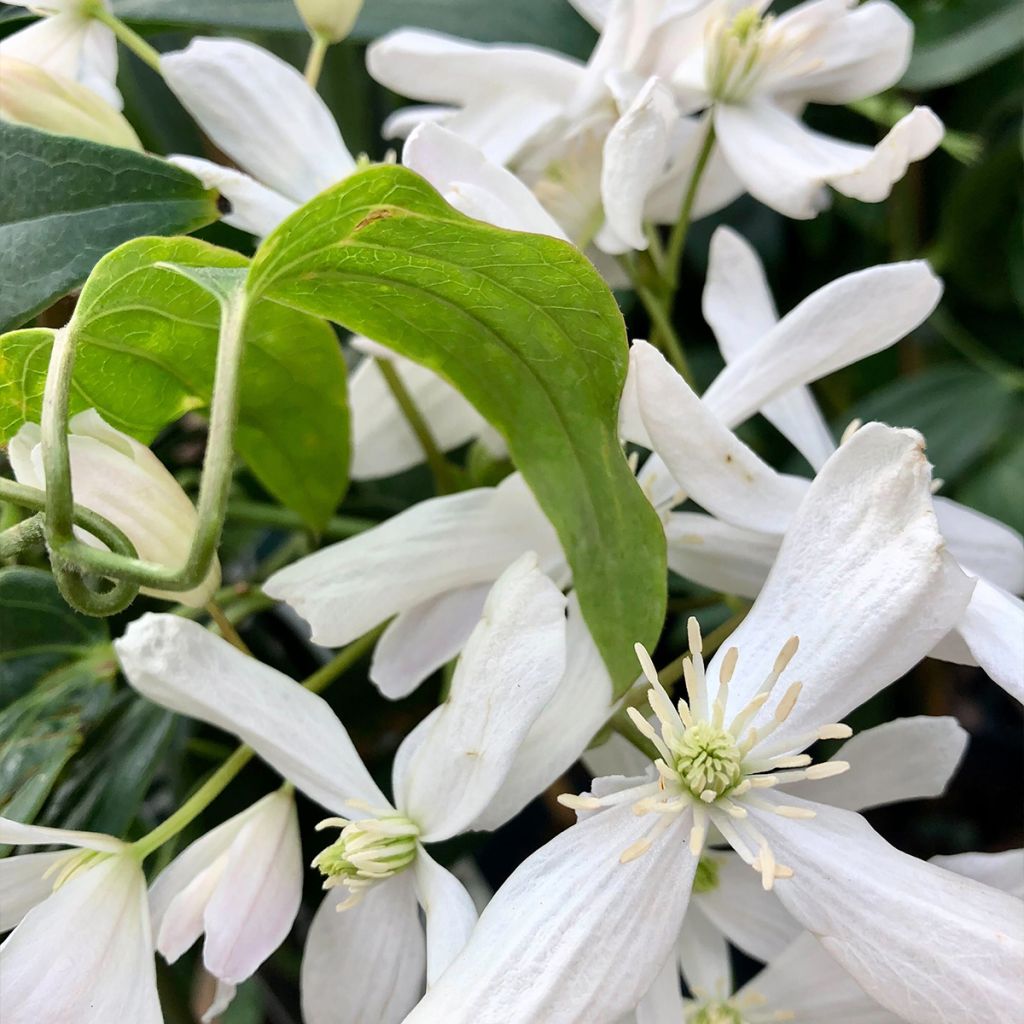

Clematis armandii - Evergreen Clematis
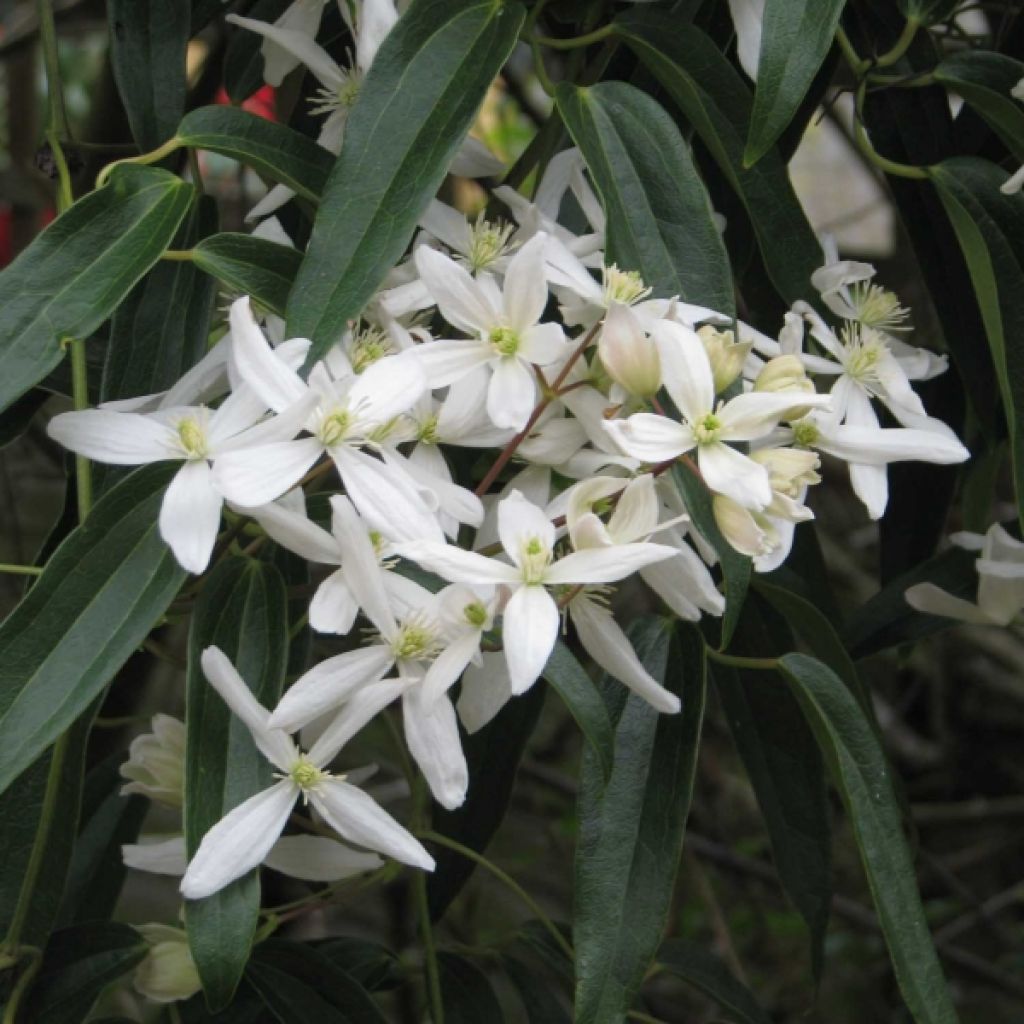

Clematis armandii - Evergreen Clematis
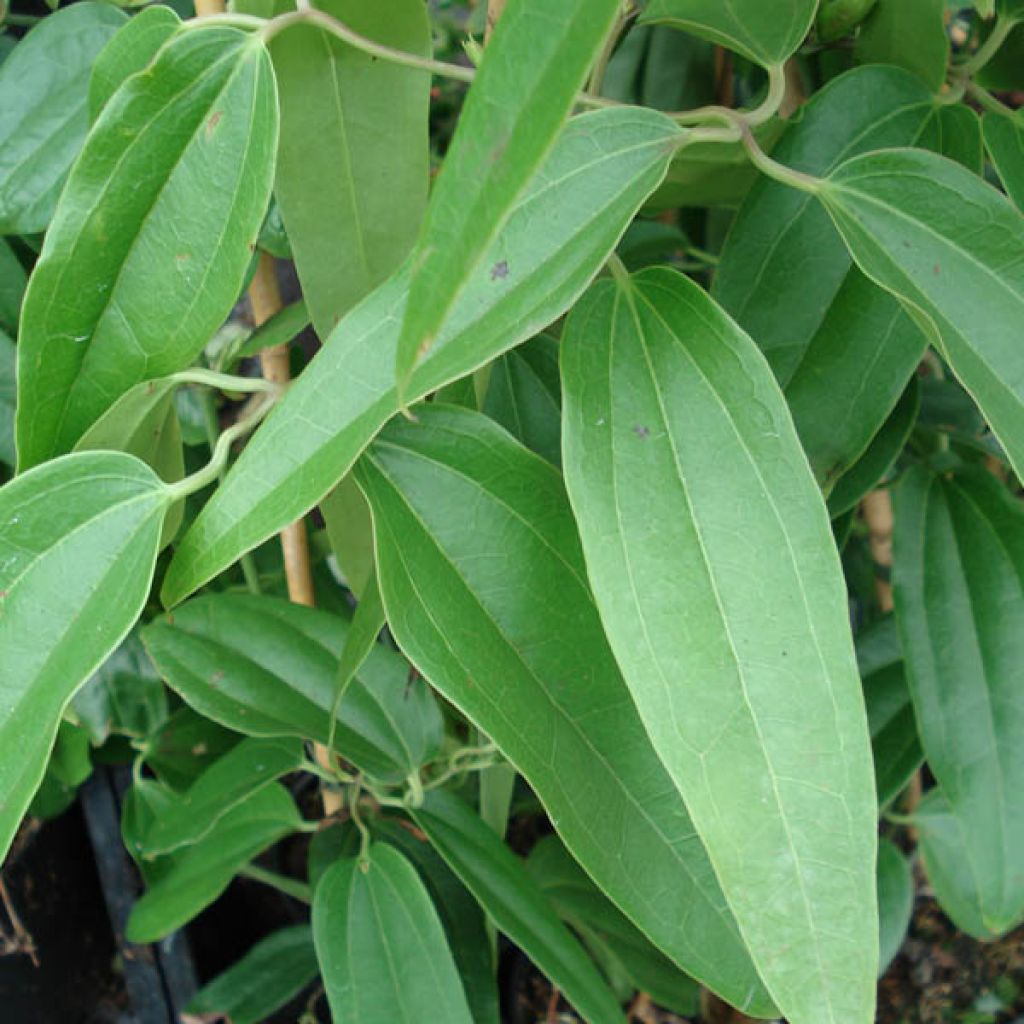

Clematis armandii - Evergreen Clematis
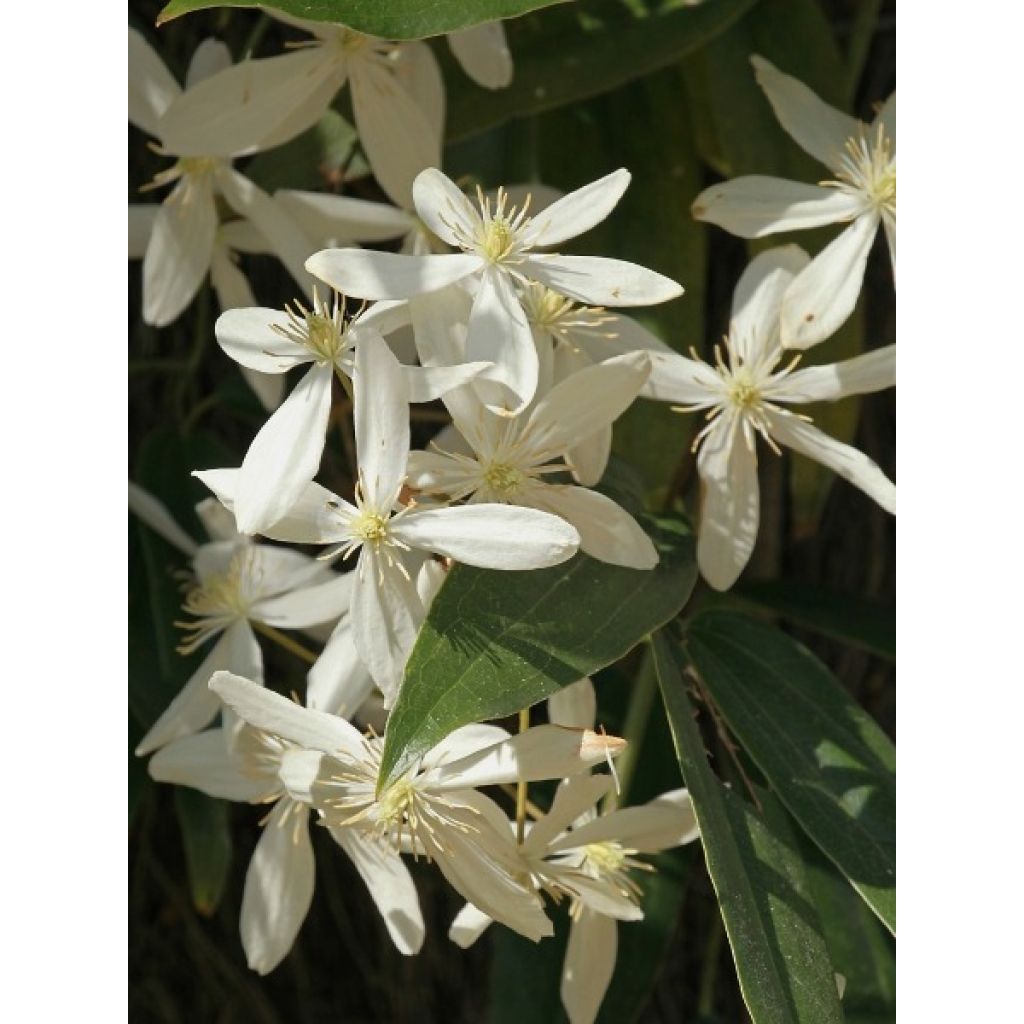

Clematis armandii - Evergreen Clematis
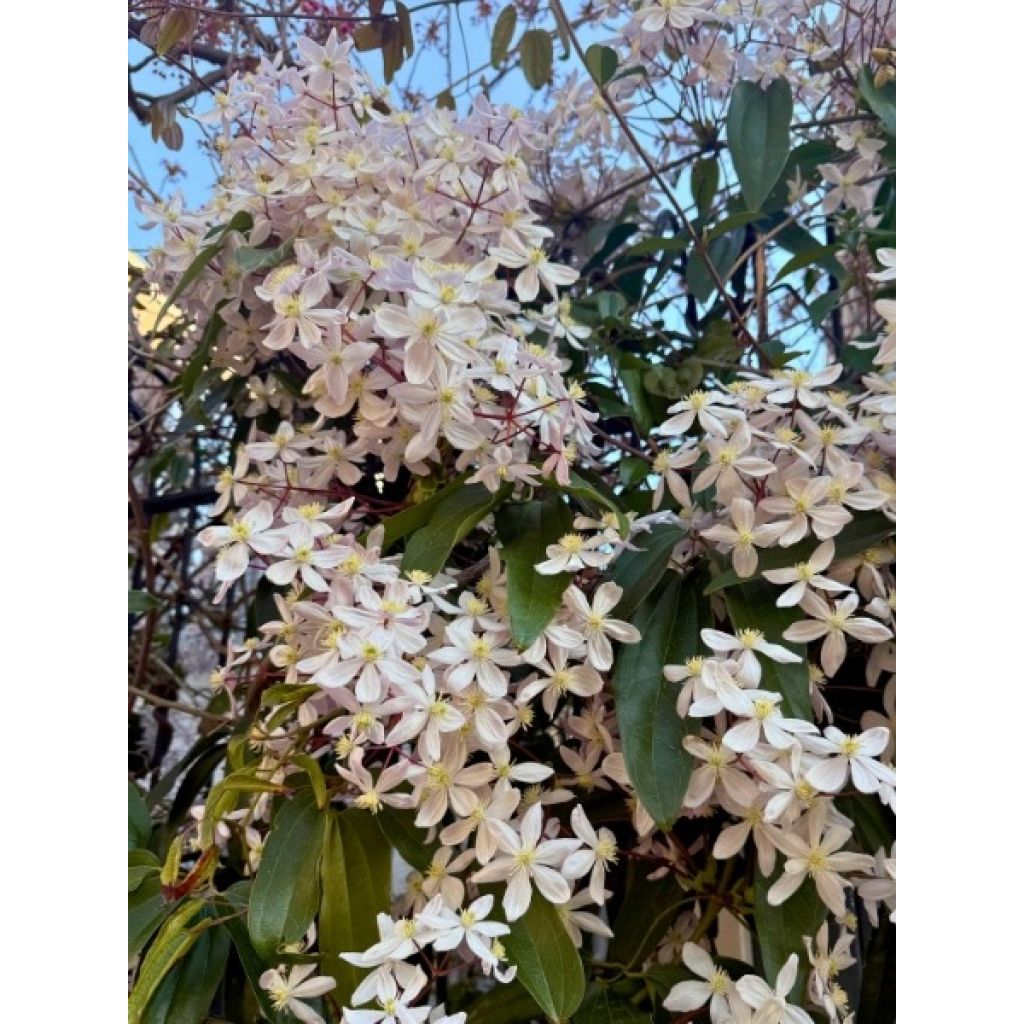

Clematis armandii - Evergreen Clematis
Clematis armandii - Evergreen Clematis
Clematis armandii
Armand Clematis, Evergreen Clematis
1st delivery: feeble followed by failure... 2nd delivery (replacement) still feeble... awaiting success and joy with the new arrival...
jean-jacques 77, 14/06/2024
Special offer!
Receive a €20 voucher for any order over €90 (excluding delivery costs, credit notes, and plastic-free options)!
1- Add your favorite plants to your cart.
2- Once you have reached €90, confirm your order (you can even choose the delivery date!).
3- As soon as your order is shipped, you will receive an email containing your voucher code, valid for 3 months (90 days).
Your voucher is unique and can only be used once, for any order with a minimum value of €20, excluding delivery costs.
Can be combined with other current offers, non-divisible and non-refundable.
Home or relay delivery (depending on size and destination)
Schedule delivery date,
and select date in basket
This plant carries a 6 months recovery warranty
More information
We guarantee the quality of our plants for a full growing cycle, and will replace at our expense any plant that fails to recover under normal climatic and planting conditions.
Would this plant suit my garden?
Set up your Plantfit profile →
Description
The Clematis armandii, also known as Armand's Clematis, is a beautiful species from China, appreciated for its vigor, large evergreen leaves of dark and shiny green, and its early flowering in divine-scented white panicles, which begins in late winter in the southern part of our country. Since it does not cling by itself, it is necessary to train it on a support such as a large trellis when planted at the base of a wall. This clematis looks imperial planted in a shrub hedge on which it will climb and, at the same time, hide the dead and brown leaves that remain attached to the branches for a long time. While it may not be the hardiest, it is one of the most spectacular clematis varieties.
The armandii clematis is a robust botanical species capable of quickly covering large areas. It is native to the Himalayas, central and western China, where it grows in deciduous forests and thickets. This species prefers loose, deep soils and can adapt to slightly acidic, neutral, or even limestone soils. Its hardiness ranges from -12 to -15°C (10.4 to 5°F) for short periods. Clematis belong to the Ranunculaceae family.
The Clematis armandii sends out quadrangular woody climbing stems measuring 4 to 5m (13 to 16ft) long from its woody stump. Over time, this liana will spread over more than 4m (13ft) on the ground. Vegetation starts again in February with the appearance of large reddish flower buds. They quickly swell and elongate to bloom in large clusters of buds. Each one gives rise to a 5cm (2in) diameter flower, composed of 4 pure white sepals surrounding a cream and green stamen center. Their pronounced fragrance resembles that of orange blossom and almond. After flowering, it is the young shoots that develop on the branches. They unfold into leaves divided into 3 large, leathery leaflets, deeply veined, glossy, and dark green. These leaves are so firmly attached to the stems that they have difficulty detaching themselves when they dry out at the end of their life. This results in large brownish-black patches, more or less hidden under the young foliage. It may be useful to remove these dead leaves for purely aesthetic reasons.
Armand's clematis is a moderately hardy variety that does not tolerate very cold winters, especially in heavy soil and windy locations. Plant it up to the Paris region to cover a well-exposed, sunny wall. However, it is a star of the gardens in the south, just like the banksia roses with which it pairs well; it withstands dry and hot summers after 2 to 3 years of careful cultivation and care, provided it is well established in a deep, well-prepared, enriched, and loosened soil. For example, plant it in a shaded hedge where it will climb. It can also be planted in the shade of a large tree, where it will climb to reach the light. It is best to avoid launching it onto a pergola or arbor for two reasons: its evergreen foliage blocks the sun in winter and its dry foliage, which accumulates under the vegetation, is not very aesthetically pleasing. But the beauty of this liana and the fragrance of its flowers are well worth a few minutes of meticulous pruning once a year.
Report an error about the product description
Clematis armandii - Evergreen Clematis in pictures
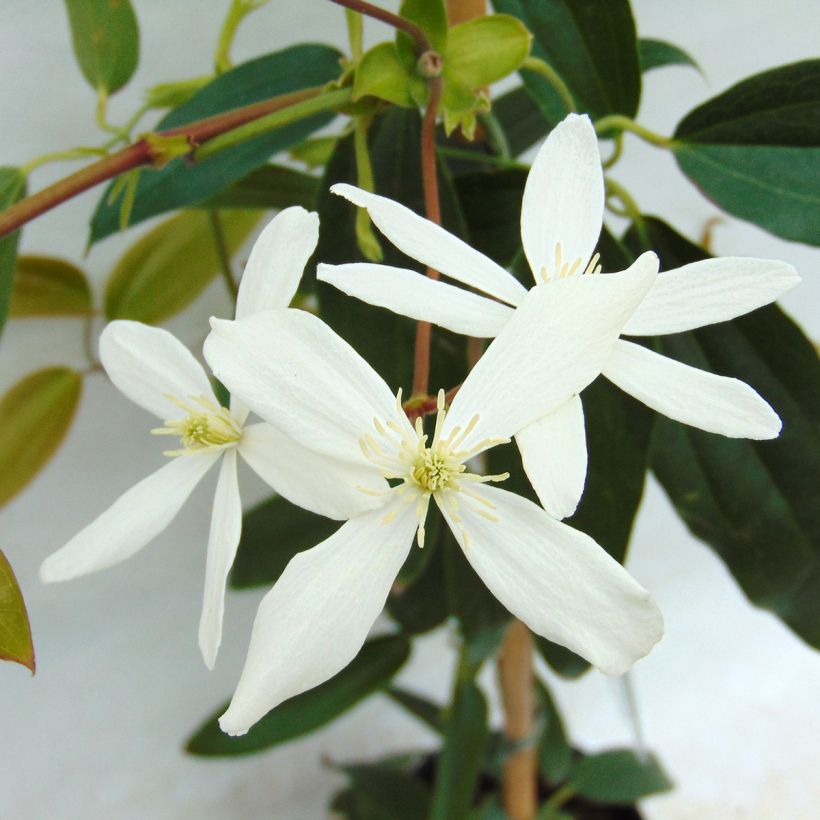



Plant habit
Flowering
Foliage
Botanical data
Clematis
armandii
Ranunculaceae
Armand Clematis, Evergreen Clematis
China
Other Clematis Armandii
View all →Planting and care
In a sunny position, shade the base of your armandii clematis with a ground cover plant, a low bush or a perennial geranium. Clematis like to have their feet cool and their heads in the sun. This one is quite sensitive to cold, but can withstand short frosts of around -12 to -15°C (10.4 to 5°F) in healthy soil and sheltered from dry and cold winds. It tolerates being planted in the dense shade of a tree or a large bush that it will climb to bloom in the sun. In the south of the Loire region, especially in the Midi, avoid hot exposures and make sure its base is always shaded. In the north and east of France, its success is a bit random: it must be planted in a very sunny location and well protected from cold winter winds. Mulch the soil and the liana up to 2m (7ft) in height will help it withstand occasional temperatures below -12°C (10.4°F).
Armand's clematis prefers deep and loose soils, and tolerates the presence of clay and limestone. Take care when planting: place your plant by covering the root ball with 3 cm (1in) of soil, in soil worked to a depth of 20-30 cm (8-12in), lightened with good compost. During the first few weeks, water a lot and regularly. Monitor watering during the first 2 or 3 summers, during hot and dry weather: water generously, but at long intervals (once a week or once every 2 weeks depending on the weather conditions).
Clean dry and brown foliage only for aesthetic reasons.
Planting period
Intended location
Care
-
, onOrder confirmed
Reply from on Promesse de fleurs
Similar products
Haven't found what you were looking for?
Hardiness is the lowest winter temperature a plant can endure without suffering serious damage or even dying. However, hardiness is affected by location (a sheltered area, such as a patio), protection (winter cover) and soil type (hardiness is improved by well-drained soil).

Photo Sharing Terms & Conditions
In order to encourage gardeners to interact and share their experiences, Promesse de fleurs offers various media enabling content to be uploaded onto its Site - in particular via the ‘Photo sharing’ module.
The User agrees to refrain from:
- Posting any content that is illegal, prejudicial, insulting, racist, inciteful to hatred, revisionist, contrary to public decency, that infringes on privacy or on the privacy rights of third parties, in particular the publicity rights of persons and goods, intellectual property rights, or the right to privacy.
- Submitting content on behalf of a third party;
- Impersonate the identity of a third party and/or publish any personal information about a third party;
In general, the User undertakes to refrain from any unethical behaviour.
All Content (in particular text, comments, files, images, photos, videos, creative works, etc.), which may be subject to property or intellectual property rights, image or other private rights, shall remain the property of the User, subject to the limited rights granted by the terms of the licence granted by Promesse de fleurs as stated below. Users are at liberty to publish or not to publish such Content on the Site, notably via the ‘Photo Sharing’ facility, and accept that this Content shall be made public and freely accessible, notably on the Internet.
Users further acknowledge, undertake to have ,and guarantee that they hold all necessary rights and permissions to publish such material on the Site, in particular with regard to the legislation in force pertaining to any privacy, property, intellectual property, image, or contractual rights, or rights of any other nature. By publishing such Content on the Site, Users acknowledge accepting full liability as publishers of the Content within the meaning of the law, and grant Promesse de fleurs, free of charge, an inclusive, worldwide licence for the said Content for the entire duration of its publication, including all reproduction, representation, up/downloading, displaying, performing, transmission, and storage rights.
Users also grant permission for their name to be linked to the Content and accept that this link may not always be made available.
By engaging in posting material, Users consent to their Content becoming automatically accessible on the Internet, in particular on other sites and/or blogs and/or web pages of the Promesse de fleurs site, including in particular social pages and the Promesse de fleurs catalogue.
Users may secure the removal of entrusted content free of charge by issuing a simple request via our contact form.
The flowering period indicated on our website applies to countries and regions located in USDA zone 8 (France, the United Kingdom, Ireland, the Netherlands, etc.)
It will vary according to where you live:
- In zones 9 to 10 (Italy, Spain, Greece, etc.), flowering will occur about 2 to 4 weeks earlier.
- In zones 6 to 7 (Germany, Poland, Slovenia, and lower mountainous regions), flowering will be delayed by 2 to 3 weeks.
- In zone 5 (Central Europe, Scandinavia), blooming will be delayed by 3 to 5 weeks.
In temperate climates, pruning of spring-flowering shrubs (forsythia, spireas, etc.) should be done just after flowering.
Pruning of summer-flowering shrubs (Indian Lilac, Perovskia, etc.) can be done in winter or spring.
In cold regions as well as with frost-sensitive plants, avoid pruning too early when severe frosts may still occur.
The planting period indicated on our website applies to countries and regions located in USDA zone 8 (France, United Kingdom, Ireland, Netherlands).
It will vary according to where you live:
- In Mediterranean zones (Marseille, Madrid, Milan, etc.), autumn and winter are the best planting periods.
- In continental zones (Strasbourg, Munich, Vienna, etc.), delay planting by 2 to 3 weeks in spring and bring it forward by 2 to 4 weeks in autumn.
- In mountainous regions (the Alps, Pyrenees, Carpathians, etc.), it is best to plant in late spring (May-June) or late summer (August-September).
The harvesting period indicated on our website applies to countries and regions in USDA zone 8 (France, England, Ireland, the Netherlands).
In colder areas (Scandinavia, Poland, Austria...) fruit and vegetable harvests are likely to be delayed by 3-4 weeks.
In warmer areas (Italy, Spain, Greece, etc.), harvesting will probably take place earlier, depending on weather conditions.
The sowing periods indicated on our website apply to countries and regions within USDA Zone 8 (France, UK, Ireland, Netherlands).
In colder areas (Scandinavia, Poland, Austria...), delay any outdoor sowing by 3-4 weeks, or sow under glass.
In warmer climes (Italy, Spain, Greece, etc.), bring outdoor sowing forward by a few weeks.































